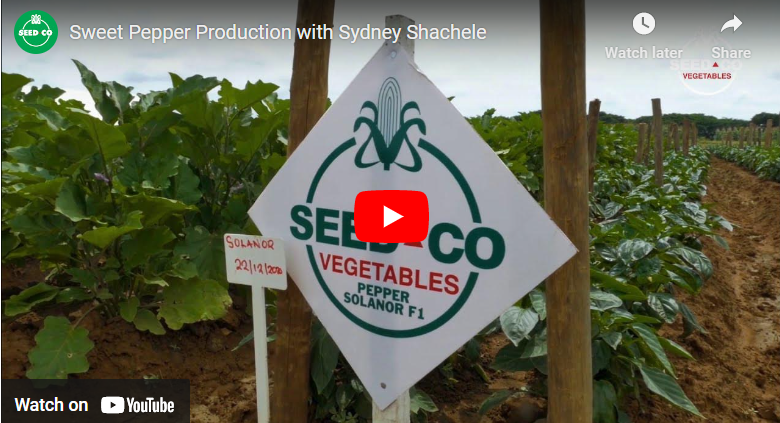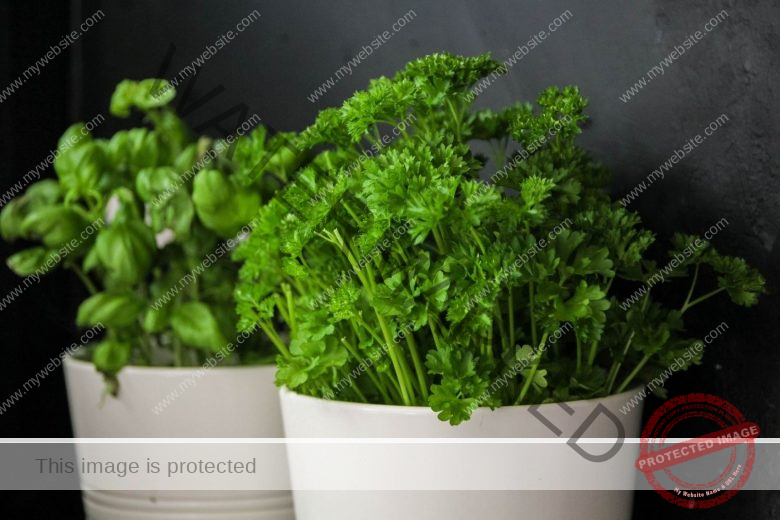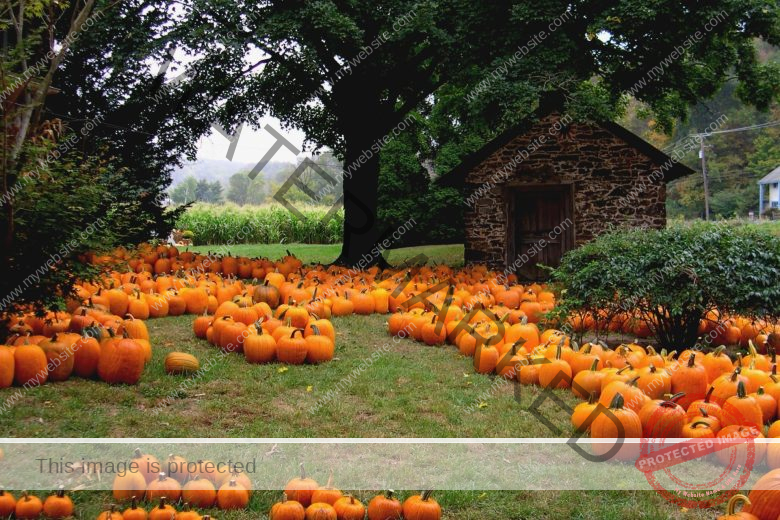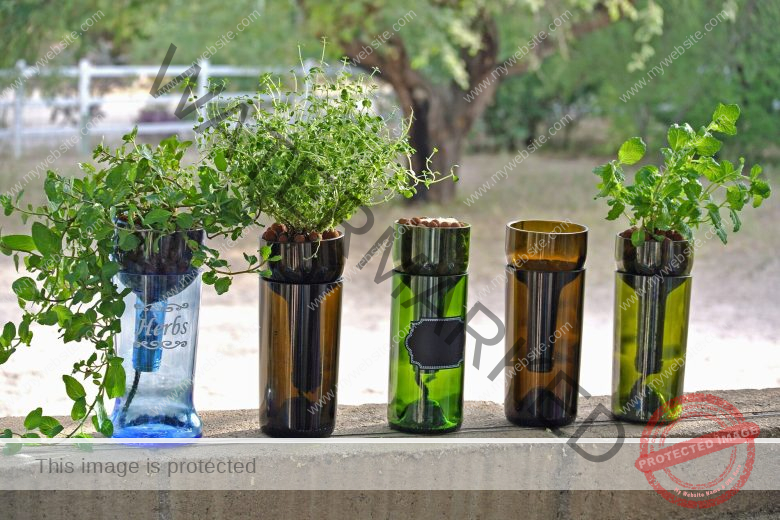Planting pepper in Zimbabwe during the dry season can be a challenging task due to the scarcity of water and the high temperatures. However, with the right knowledge and techniques, farmers can successfully cultivate pepper in adverse weather conditions.
First, the soil should be prepared by removing any weeds and tilling. Then, a hole should be dug and fertilized with compost or manure. Next, the pepper seeds should be planted and lightly covered with soil. Finally, the plants should be watered regularly and kept away from direct sunlight in order to preserve moisture. Following these steps should ensure successful planting of pepper in dry season in Zimbabwe.
We will cover topics such as choosing drought-resistant varieties, preparing the soil, irrigation methods, and pest and disease control measures. By following these guidelines, farmers can increase their chances of a successful harvest and contribute to the agricultural sustainability of the region.
How to Plant Pepper in Dry Season in Zimbabwe
Growing pepper in dry season in Zimbabwe is beneficial considering the scarcity and high demand of pepper produce during this period.
We have compiled the necessary steps involved in planting pepper in dry season in Zimbabwe below. Ensure you follow the steps to the latter to enjoy optimum result.
Read Also: [Beginners Guide] How to Plant Vegetables in Dry Season in Zimbabwe
Step 1: Choose Drought-Resistant Pepper Varieties
If you’re planning to plant pepper in the dry season in Zimbabwe, there are several important factors to consider.
First and foremost, it’s crucial to choose drought-resistant pepper varieties that are adapted to the hot and dry weather conditions in the region.
Some good options include hybrid peppers which have been genetically modified to withstand dry season farming as well as diseases and pests infestation.
Some varieties of hybrid pepper you can plant include Scotch Bonnet, Habanero, and Cayenne.
Read Also: [Beginners Guide] How to Grow Pepper in Zimbabwe
Step 2: Prepare the Soil
Once you have selected your pepper varieties, it’s time to prepare the soil. Start by clearing the soil removing debris and dirt of any kind and size.
Then incorporate compost or well-rotted manure to improve soil fertility and structure. This will help your plants develop strong roots and improve their ability to absorb water from the soil.
Consider using mulch to help retain moisture in the soil, as this can be especially helpful during periods of drought.
When it comes time to plant your peppers, it’s important to use raised beds or ridges to improve water drainage and promote healthy root growth.
Read Also: [Beginners Guide] How to Plant Onions in Dry Season in Zimbabwe
Step 3: Planting
Plant the pepper seeds in the prepared raised beds or ridges. This improves water drainage and allows for better root growth. Make a furrow on the farm beds or ridges and sow the seeds ¼ to ½ inch deep and space them 12-18 inches apart.
Ensure you water mildly immediately after planting to help propel the seed germination.
Step 4: Irrigation
Irrigation is key to keeping your pepper plants healthy and productive. Drip irrigation is the most efficient method, as it allows you to target water directly at the base of the plants, reducing water loss due to evaporation.
Read Also: [Beginners Guide] How to Grow Spinach in Zimbabwe
Alternatively, you can manually water your plants using watering can, and hose connected to a water source. However, this is ideal if you are planting on a small land.
Ultimately, be sure to water your plants regularly, especially during the early growth stage.
Step 5: Fertilizer Application
To keep your pepper plants healthy and productive throughout the dry season, it’s important to provide them with the nutrients they need to grow and thrive.
One way to do this is by applying fertilizer at regular intervals. You can choose from a variety of organic or synthetic fertilizers depending on your preferences and the needs of your plants.
Be sure to follow the recommended application rates and timing to avoid over-fertilization, which can be harmful to your pepper plants.
Read Also: [Beginners Guide] How To Grow Cocoa In Zimbabwe
Step 6: Weed Control and Mulching
Weed control is also essential for successful pepper cultivation. Weeds can compete with your pepper plants for water and nutrients, so it’s important to keep your planting area weed-free. Hand weeding or mulching can be effective methods for controlling weeds.
In addition to weed control, you can also add a layer of organic mulch, like straw or leaves, to the soil around your pepper plants to help retain moisture and keep the soil cool. This can be especially important during the hot, dry weather conditions in Zimbabwe.
Read Also: [Beginners Guide] How To Grow Coconut in Zimbabwe
Step 7: Pest and Disease Control
You’ll want to monitor your pepper plants for pests and diseases, as these can quickly spread and cause significant damage.
Be sure to take immediate action if you notice any signs of infestation or infection, using organic pesticides and fungicides as needed.
There are several effective methods for controlling weeds in your pepper planting area. Hand weeding is a simple and effective way to remove weeds by pulling them up by the roots. This can be time-consuming, however, especially if you have a large planting area.
Read Also: [Beginners Guide] How to Grow Pineapple in Zimbabwe
Step 8: Harvesting
Once your pepper plants have matured, it’s time to start harvesting your crop. To ensure the best flavor and quality, it’s important to wait until the peppers have reached their desired size and color before harvesting.
This will vary depending on the specific pepper variety you have planted, so be sure to research the ideal harvesting time for your particular peppers.
When harvesting, be sure to handle the peppers carefully to avoid damaging the delicate fruit.
Read Also: [Beginners Guide] How To Start Tomatoes Farming In Zimbabwe
Use a sharp knife or pruning shears to cut the peppers off the plant, being careful not to damage the stem or leaves.
Benefits of Planting Pepper in Dry Season in Zimbabwe
- Higher market prices due to scarcity of fresh produce in the dry season.
- Reduced pest and disease pressure due to lower humidity levels.
- Efficient water usage as irrigation can be managed and scheduled.
- Increased yields due to longer daylight hours and warmer temperatures.
- Shorter time to harvest due to faster plant growth.
Read Also: [Beginners Guide] How To Grow Cucumber In Zimbabwe
Challenges of Planting Pepper in Dry Season in Zimbabwe
- Water scarcity and the need for proper irrigation management.
- High temperatures that can lead to heat stress and affect plant growth.
- Weeds can compete with the pepper plants for resources and become difficult to manage without regular rainfall.
- Pests and diseases, such as thrips, aphids, and bacterial wilt, can still affect the plants.
- The cost of inputs, such as irrigation equipment and fertilizers, may increase due to demand during the dry season.
Read Also: [Tips & Tricks] How To Grow Onions In Zimbabwe
Best Practices of Planting Pepper in Dry Season in Zimbabwe
- Use drought-resistant pepper varieties.
- Prepare the soil with compost or well-rotted manure to improve soil fertility and structure.
- Plant in raised beds or ridges to improve water drainage and root growth.
- Use proper irrigation techniques to ensure consistent moisture levels.
- Use organic mulch to retain moisture in the soil and control weeds.
- Monitor for pests and diseases and use organic control methods.
Cost of Planting Pepper in Dry Season
The cost of planting pepper in the dry season can vary depending on factors such as the size of the farm, the availability and cost of inputs such as seeds, fertilizer, and irrigation equipment, and the cost of labor.
However, investing in proper irrigation and soil preparation can help reduce costs and increase yields.
How much is Pepper Sold in Zimbabwe
The price of pepper in Zimbabwe varies depending on the time of year, location, and demand. In the dry season, when fresh produce is scarce, the price may be higher than during the rainy season.
However, prices can also be affected by factors such as market competition, transport costs, and quality of the produce.
Common Diseases and Pests of Pepper
Common pests that can affect pepper plants in Zimbabwe include aphids, thrips, mites, and whiteflies. Diseases such as bacterial wilt, powdery mildew, and anthracnose can also affect pepper plants.
Proper pest and disease management practices, such as regular monitoring and using organic control methods, can help minimize the impact of these issues.
Where to Sell Pepper in Zimbabwe
Pepper can be sold at local markets, supermarkets, and to processors. Some popular markets for fresh produce in Zimbabwe include Mbare Market in Harare, Sakubva Market in Mutare, and Lobengula Street Market in Bulawayo.
Additionally, farmers can explore online marketplaces and mobile applications that connect farmers with buyers.
Pepper Production Manual Pdf
A pepper production manual is a valuable resource for farmers who want to learn about the best practices for growing peppers.
It can provide information on the various types of peppers, soil preparation, planting techniques, pest and disease control, and harvesting methods.
There are many pepper production manuals available in PDF format, which can be easily downloaded and accessed on a computer or mobile device.
Green Pepper Farming Pdf
Green pepper farming is a profitable venture in many parts of the world, including Zimbabwe.
A green pepper farming PDF can provide detailed information on the cultivation of green peppers, including soil preparation, planting, fertilization, irrigation, pest and disease control, and harvesting.
It can also provide guidance on the selection of appropriate green pepper varieties and the best practices for maximizing yield and profit.
Green Pepper Yield Per Hectare
The yield of green pepper per hectare can vary depending on a range of factors, including the variety of pepper, soil type, climate, and farming practices.
However, with good management practices, farmers in Zimbabwe can expect to achieve a green pepper yield of between 8-12 tons per hectare.
Pepper Farming Profit
Pepper farming can be a profitable business in Zimbabwe, with good returns on investment. However, the profitability of pepper farming will depend on various factors, such as the yield per hectare, market demand, and production costs.
With careful planning and good management practices, farmers can increase their chances of making a good profit from pepper farming.
Pepper Sack Farming
Pepper sack farming is a low-cost method of growing peppers that can be used in areas where there is limited land or resources.
It involves planting pepper seeds in sacks filled with soil and compost, and then hanging the sacks in a sunny area.
This method can be used to grow a variety of peppers, including hot and sweet peppers, and can be an effective way of maximizing space and yield.
Hot Pepper Yield Per Acre
The yield of hot peppers per acre can vary depending on several factors, such as the variety of pepper, soil type, and farming practices.
However, with good management practices, farmers in Zimbabwe can expect to achieve a hot pepper yield of between 4-8 tons per acre.
Dry Pepper Season In Zimbabwe
The dry pepper season in Zimbabwe usually runs from August to December, which is the period of the year with the lowest rainfall.
During this time, farmers need to employ irrigation and other water conservation practices to ensure that their crops receive sufficient water.
Planting drought-resistant pepper varieties, using raised beds or ridges, and mulching can also help to conserve water and improve the chances of a successful harvest.
Conclusion
Planting pepper in the dry season in Zimbabwe requires careful planning and implementation. Farmers should consider using drought-resistant varieties, proper soil preparation, irrigation, and timely pest and disease control measures.
With adequate knowledge and resources, farmers can successfully cultivate pepper even in adverse weather conditions, ensuring food security and economic sustainability in the region.





